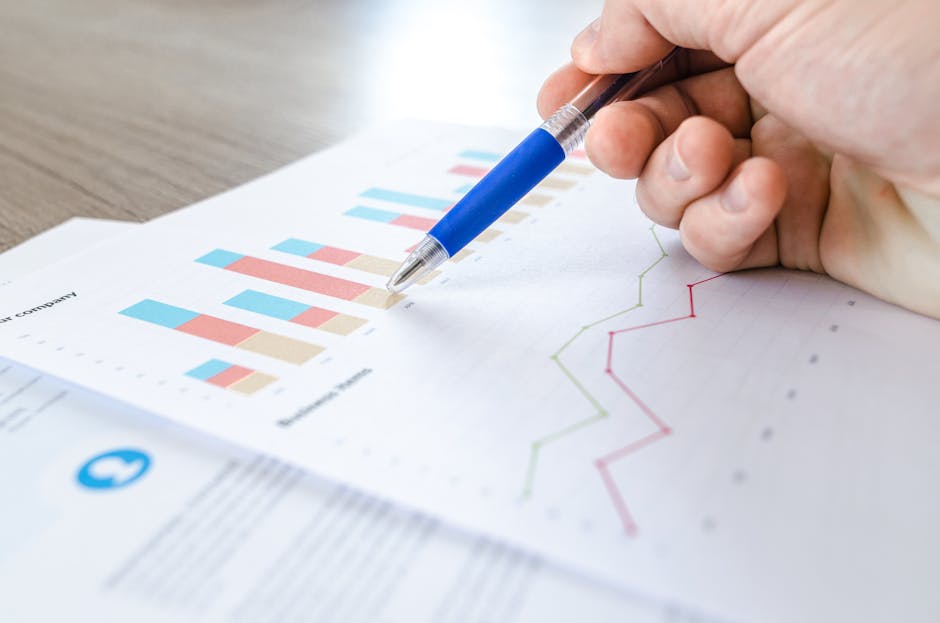A Guide to Analyzing Source Bias and Objectivity

Understanding the bias and objectivity of sources is crucial for anyone consuming information. The ability to discern whether a piece of information is presented fairly or slanted toward a particular viewpoint can significantly impact one's understanding and decisions. This guide aims to explore how to analyze source bias and objectivity, providing practical tools and examples to help readers critically evaluate the information they encounter.
Identifying Source Bias
Bias in sources can manifest in various ways, including the choice of words, framing of issues, and selective presentation of facts. Recognizing these signs is the first step toward understanding a source's reliability.
A common indicator of bias is the use of loaded language. Words with strong emotional connotations can sway readers' opinions without presenting factual evidence. For example, terms like "radical," "extremist," or "heroic" may reflect a source's underlying viewpoint rather than objective reality.
Another sign of bias is framing. This involves presenting an issue in a way that emphasizes certain aspects while downplaying others. For instance, a news article focusing solely on the negative impacts of immigration without mentioning its benefits exhibits a biased frame.
Selective presentation of facts also signals bias. Omitting relevant information or cherry-picking data that supports a specific agenda can mislead readers. To detect this, compare multiple sources on the same topic to see if key details are consistently omitted or highlighted.
Evaluating Objectivity
Objectivity refers to presenting information in a fair and balanced manner, without allowing personal feelings or opinions to influence the portrayal of facts. Evaluating the objectivity of a source involves several steps:
- Check for Balance: Look for sources that present multiple perspectives on an issue. Balanced reporting provides a comprehensive view, helping readers form well-rounded opinions.
- Examine Evidence: Reliable sources back their claims with verifiable evidence. Check for citations, references to studies, or links to primary data that support the information presented.
- Avoid Opinion Pieces: While opinion pieces can offer valuable insights, they inherently reflect the author's viewpoints and should not be mistaken for objective reporting.
An example of balanced reporting can be found in reputable publications like BBC, which often provide multiple viewpoints on contentious issues.
The Role of Fact-Checking Organizations
Fact-checking organizations play a vital role in maintaining journalistic integrity by verifying the accuracy of information disseminated by various media outlets. These organizations assess claims and provide ratings based on their veracity.
Pioneering fact-checkers like Snopes and FactCheck.org have established themselves as reliable resources for debunking misinformation. They apply rigorous methodologies to evaluate claims, ensuring that their findings are transparent and well-documented.
The presence of fact-checking organizations serves as a deterrent against spreading false information, encouraging media outlets to adhere to higher standards of accuracy and fairness.
Historical Context and Its Impact
The historical context in which information is produced can significantly influence its content and presentation. Understanding this context helps readers recognize potential biases stemming from societal norms, political climates, or cultural attitudes prevalent at the time.
For instance, media coverage during wartime often reflects nationalistic sentiments and governmental propaganda efforts. Analyzing such sources requires acknowledging these influences to separate factual reporting from state-sponsored narratives.
Additionally, historical context can shed light on long-standing biases within institutions. For example, recognizing systemic racism's impact on past reporting practices helps contextualize current discussions on media representation and diversity.
Practical Tools for Analyzing Sources
Several tools and techniques can assist in evaluating source bias and objectivity effectively:
- Media Bias Charts: These charts categorize media outlets based on their political leanings and reliability levels. They offer a visual guide to understanding where different sources fall on the spectrum.
- Citation Analysis: Analyzing citations within an article reveals its reliance on authoritative sources versus potentially biased ones.
- Diverse Media Consumption: Regularly consuming news from varied outlets helps identify consistent patterns or discrepancies in reporting, providing a clearer picture of underlying biases.
Table: Comparing Media Outlets by Bias
| Media Outlet | Political Leaning | Reliability Rating |
|---|---|---|
| New York Times | Liberal | High |
| Wall Street Journal | Conservative | High |
| BBC News | Neutral | High |
| HuffPost | Liberal | Medium |
| Breitbart News Network | Conservative | Low |
| CNN | Liberal | Medium |
| NPR | Neutral | High |
The Importance of Continuous Learning
Analyzing source bias and objectivity is not a one-time task but an ongoing process requiring vigilance and critical thinking skills . Consuming diverse content , engaging with fact-checking platforms , and understanding historical contexts are essential practices for maintaining an informed perspective.
